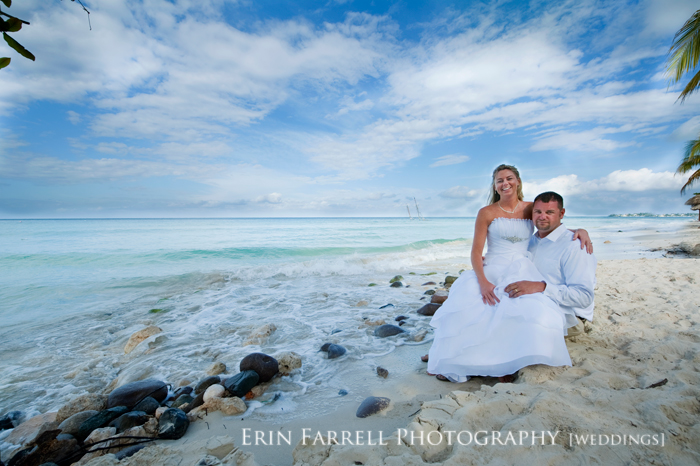Today I want to expand a little bit on the first post, DSLR: a (very brief) introduction by talking a little bit about the different modes on a DSLR camera and taking a picture.
 |
| What my dial looks like, I know Nikon dials are different, but the principle is the same. |
Now on a canon rebel camera the dial (pictured above) is divided into two distinct groups of photographic modes; the automatic modes and the advanced (or creative) modes. The two groups are split by the fully auto mode of the camera (the green square) with the pictures showing the different auto modes and the P, Tv, Av M and A-Dep represent the creative modes. The automatic modes, although very sophisticated and very appropriate for the beginner DSLR user, are pretty limiting to a photographer who wants more control over their images. Their very purpose puts the camera in complete control of the exposure. Lets not forget what I said in the last lesson, always remember that the camera has no clue what it's looking at. If you want to take control over what the camera is seeing and how it's being interpreted by you, you need to cross over into the "creative zone." (insert cheese twilight zone music here please!)
Now don't get me wrong, the auto modes are great and in a pinch, can provide some pretty top notch images. Here is an overview of the different auto modes on a canon rebel
1) Portrait Mode (face profile): In this mode the camera widens the aperture, providing a smaller depth of field. In most instances the pop-up flash fires to provide extra light (yuck!)
2) Landscape Mode (mountains): This time the camera narrows the aperture, providing a very deep depth of field. The shutter speed correlates to make a proper exposure.
3) Close - Up (flower): Utilization of this mode is very similar to Portrait mode, using a wide aperture for a narrow depth of field.
4) Sports (running man): This mode is helpful if you want to stop motion for things like action shots or sports photography. It utilizes a fast shutter speed to freeze movement.
5) Night Portrait (person with star icon): Mode to use when photographing in low light. This mode again uses the pop-up flash to provide adequate light in a dim setting and uses a longer shutter speed to expose the background.
6) Flash-Off (lightning bolt with strikeout): Most (if not all) of the auto modes with utilize the pop-up flash if needed to make a properly exposed photo (again in the opinion of the camera, no accounting for taste here!) This mode with disarm the flash and it will not fire. Useful if you want to auto expose and you know you don't want flash in the image.
So that's it folks, Tomorrow we'll look into the more fun modes!
Tomorrow: Advanced or Creative modes and why everyone should use them.



